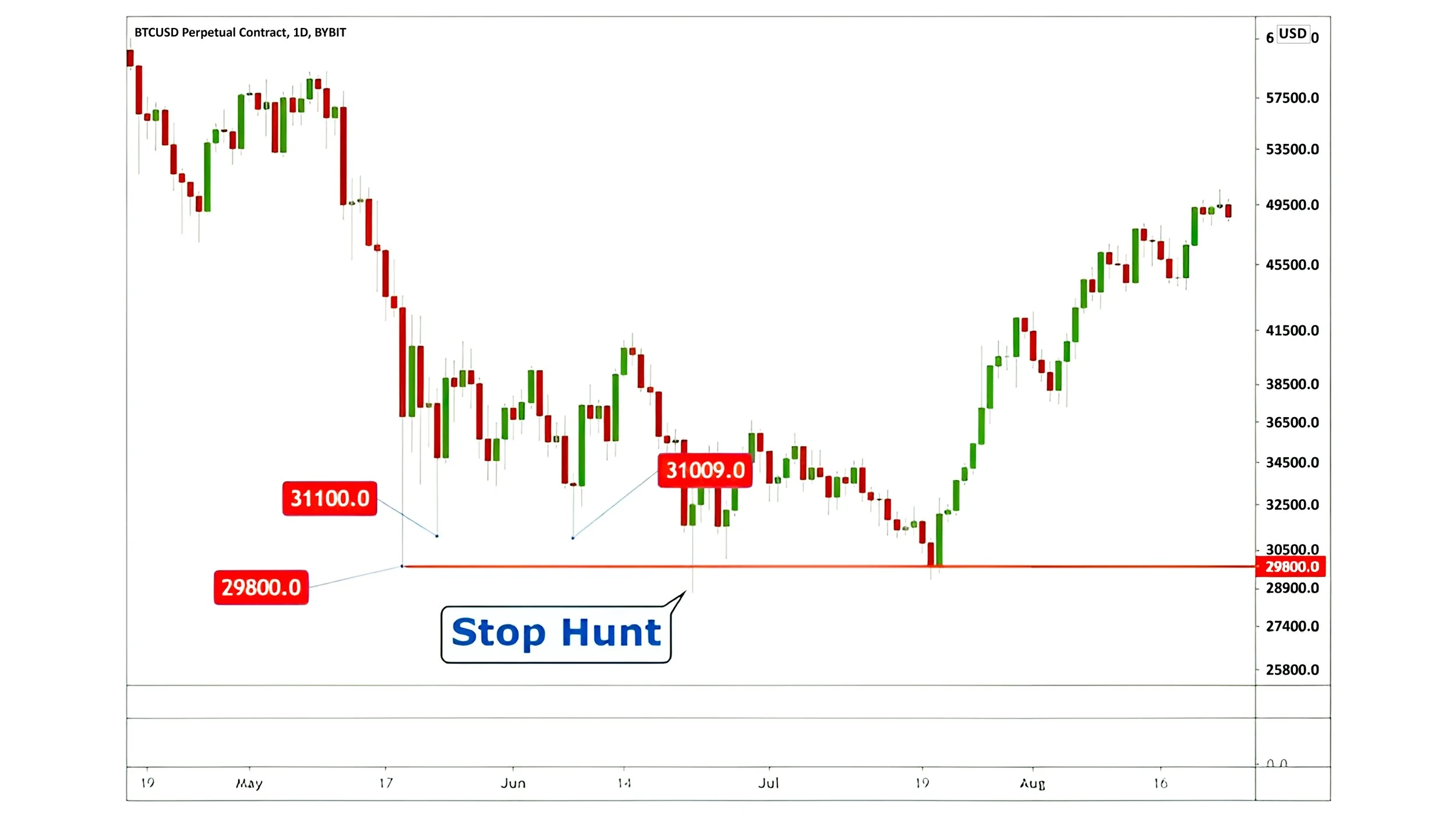Liquidity Grabs and Stop Hunts: How Institutions Move the Market
The Hidden Game Behind Market Moves
Ever wondered why your trades often get stopped out — only for the market to reverse right after? You’re not alone. Many Forex traders, especially beginners, fall victim to what’s known as liquidity grabs and stop hunts — the invisible tug-of-war driven by large institutional players. Understanding how and why these moves happen can completely change how you approach your trading strategy.
At GME Academy (Global Markets Eruditio), we emphasize not just technical analysis, but the psychology and intent behind market movement — particularly the tactics that separate retail traders from institutional giants.

What Are Liquidity Grabs?
Liquidity grabs occur when large institutions — think banks, hedge funds, or major trading desks — push the market price toward levels where retail traders’ stop losses are clustered. These zones represent pockets of liquidity where many buy or sell orders sit waiting to be triggered.
When these zones are tapped, institutions can enter or exit large positions with minimal slippage because all that liquidity allows for efficient execution. For example:
Price approaches a key level like EUR/USD 1.0800
Thousands of traders place stop losses just below it
Institutions “grab” that liquidity by driving the price through the level
Once stops are triggered, they reverse the price — catching retail traders off guard
In essence, liquidity grabs are deliberate moves to take advantage of predictable retail behavior.
Stop Hunts: The Retail Trader’s Trap
Stop hunts are the visible side of liquidity grabs — they’re what traders experience when their positions get stopped out right before the market reverses.
For instance, suppose you’re long on GBP/JPY, and you’ve placed your stop loss just below a visible support zone. A sudden price drop takes out your stop, only for the market to rally shortly after. That’s a textbook stop hunt.
Institutions know where retail stops are likely to sit — below swing lows or above swing highs — and they exploit that information. The goal isn’t to “punish” traders, but to collect liquidity efficiently before moving in their intended direction.
Why Institutions Move the Market This Way
Institutions trade massive volumes that cannot simply enter or exit at random points. They need liquidity to avoid slippage and maintain efficiency. By triggering stop losses, they create that liquidity artificially.
Think of it like shaking the tree to make the fruit fall — it’s not personal, it’s just how they harvest the orders they need.
These moves may look like chaos to the untrained eye, but in reality, they’re strategically planned to accumulate or distribute positions quietly before a major move.
How to Identify Liquidity Zones and Avoid Stop Hunts
Here are a few techniques to stay ahead:
Mark obvious highs and lows. These are prime targets for liquidity grabs.
Watch for false breakouts. A sudden spike beyond support or resistance, followed by a reversal, often signals a stop hunt.
Wait for confirmation. Don’t chase the breakout — wait to see if price holds beyond the level.
Use wider or adaptive stops. Avoid placing stops exactly where everyone else does.
Study institutional behavior. Learn to think like the big players rather than trading on retail patterns.
Example: Liquidity Grab in Action (EUR/USD)
Let’s say the EUR/USD is trending upward but stalls near 1.0950. Many retail traders place stops below 1.0900, assuming it’s strong support.
Institutions drive the price down to 1.0890, triggering those stops — creating instant sell-side liquidity. Then, they load up on long positions at a discounted price and push the pair back up toward 1.1000.
To the average trader, it looks like a fakeout. To institutions, it’s a planned accumulation phase.
Master the Market Game — Don’t Be the Liquidity
Liquidity grabs and stop hunts are part of the market’s natural rhythm — not manipulation, but mechanics. Once you understand this, you stop reacting emotionally and start aligning with the institutions rather than against them.
At GME Academy, we teach traders how to decode these movements through structured market education, live strategy sessions, and guided mentorship — all designed to help you trade smarter, not harder.
Ready to trade like the institutions — not against them?
Join our FREE Forex Workshop at GME Academy today and learn how to identify liquidity zones, manage stop placements strategically, and master market psychology.
Start your journey toward confident, informed trading now!

